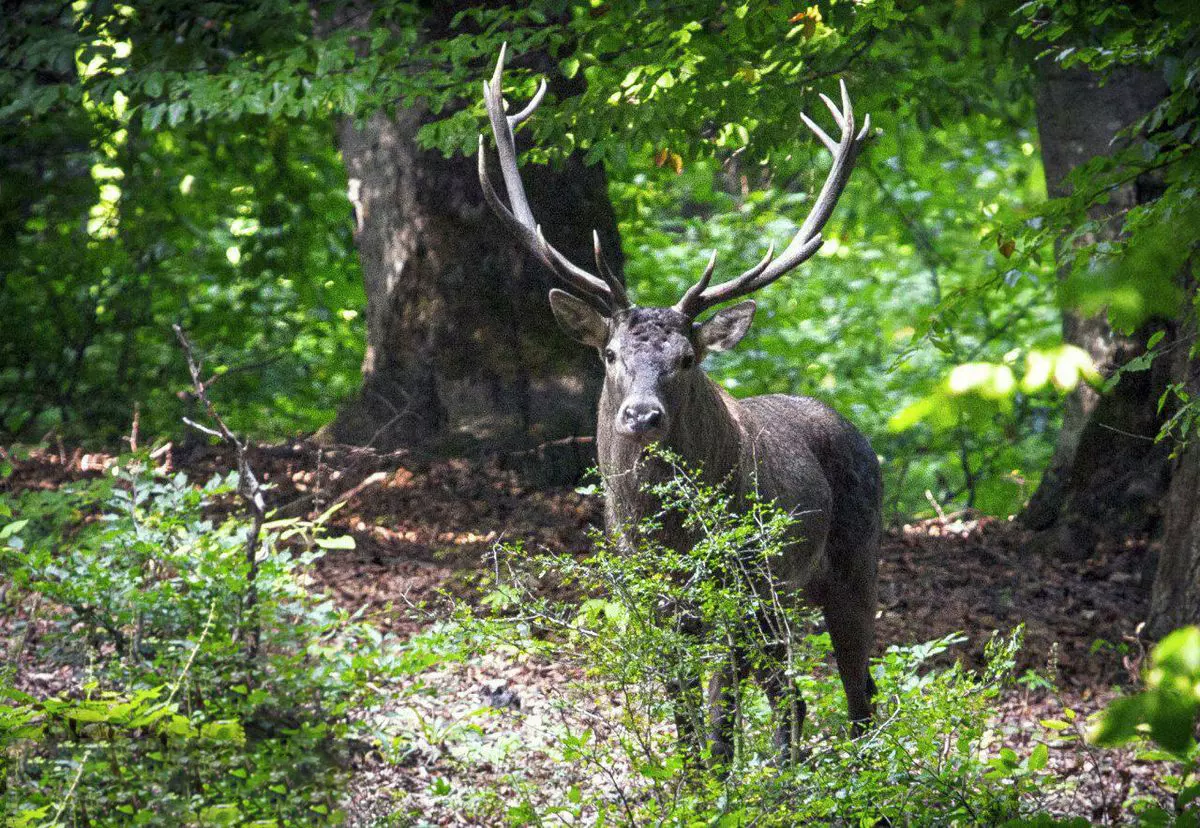Nestled along the northern edge of Iran, bordering the Caspian Sea, the Hyrcanian forests stand as one of the world’s most unique and ecologically important ecosystems. These ancient forests, often referred to as the Caspian Hyrcanian forests, are not only a UNESCO World Heritage site but also a crucial biodiversity hotspot. Stretching across more than 50,000 square kilometers, this forest is a living testament to the incredible diversity of life that thrives in temperate climates, and it offers an exceptional glimpse into the world’s ancient landscapes.
A Historical and Ecological Treasure
The Hyrcanian forests are believed to be over 25 million years old, making them one of the oldest forest ecosystems on Earth. They are the remnants of the great forests that once covered much of Europe and Asia. The forests’ geographical location, stretching across the coastal mountains of northern Iran and the southern Caspian Sea, creates a unique microclimate that supports a rich array of flora and fauna. The high humidity levels, mild temperatures, and substantial rainfall create the perfect environment for the growth of dense, lush forests.
Unlike most temperate forests, the Hyrcanian forests have retained their ecological characteristics through a long history of relatively minimal human impact. This has allowed them to evolve into an exceptional habitat for endemic and rare species, both plant and animal.
Flora: A Rich and Diverse Plant Life
One of the most remarkable features of the Hyrcanian forests is their incredible biodiversity in terms of plant life. These forests are home to over 2,000 species of plants, including a wide variety of deciduous trees, shrubs, and medicinal plants. Some of the most iconic trees found in the Hyrcanian forests are the Caspian pine, beech, oak, and hornbeam, which form dense and varied canopies that support countless other organisms.
The Hyrcanian forests are also home to many endemic plant species that are found nowhere else in the world. For example, the rare and beautiful Caucasian spruce and the giant fern species are two examples of the plants that have made their home in these lush forests. The presence of such a variety of plant life contributes significantly to the biodiversity of the region, supporting a wide range of herbivores, insects, and other animals.

Fauna: Home to Rare and Endemic Species
The Hyrcanian forests also support a rich diversity of animal life. The forests provide shelter to various species of mammals, birds, reptiles, and insects, many of which are endemic or have limited ranges. One of the most famous residents of the Hyrcanian forests is the Persian leopard, an endangered big cat that roams the mountainous terrain, preying on smaller mammals and birds. These majestic creatures are a symbol of the wild, untamed nature of the Hyrcanian forests.
In addition to the Persian leopard, the region is home to other endangered species, such as the Caspian red deer, wild boar, and the Eurasian brown bear. The forests are also a critical habitat for over 50 species of birds, including the golden eagle and the Eurasian woodcock, which thrive in the rich ecosystems of the area.
A Critical Role in Environmental Health
The Hyrcanian forests are more than just a haven for wildlife; they also play a vital role in maintaining environmental balance. These forests act as carbon sinks, helping to mitigate climate change by absorbing large amounts of CO2 from the atmosphere. They also prevent soil erosion by stabilizing the landscape and are crucial for maintaining the hydrological cycle in the region.
Moreover, the forests help regulate water flow into the Caspian Sea and support local agriculture by ensuring the availability of clean water sources. The forest ecosystem plays a central role in controlling temperature and maintaining the region’s natural weather patterns, which makes it vital to the well-being of the surrounding areas.
Conservation Efforts and Challenges
Despite the natural wealth and ecological significance of the Hyrcanian forests, they face significant threats. Logging, illegal deforestation, land development, and climate change have all contributed to the degradation of this fragile ecosystem. Efforts to protect and preserve the forests have been underway, including the establishment of protected areas and national parks. However, the forests continue to face pressures due to expanding urbanization and agricultural activities in the region.
Conservation initiatives are vital to ensure that future generations can experience and benefit from the Hyrcanian forests. Efforts must focus on sustainable management practices, stricter enforcement of environmental protection laws, and increasing awareness about the importance of these ancient forests.
Conclusion
The Caspian Hyrcanian forests are a living relic of Earth’s past, a biodiversity hotspot that continues to support a variety of endemic and endangered species. These forests are not only ecologically valuable but are also a source of immense cultural, historical, and scientific significance. Protecting and preserving the Hyrcanian forests is not just essential for the flora and fauna that call it home, but for the global fight against climate change and biodiversity loss. The Hyrcanian forests are truly a natural treasure of Iran, deserving of attention and conservation for generations to come.



